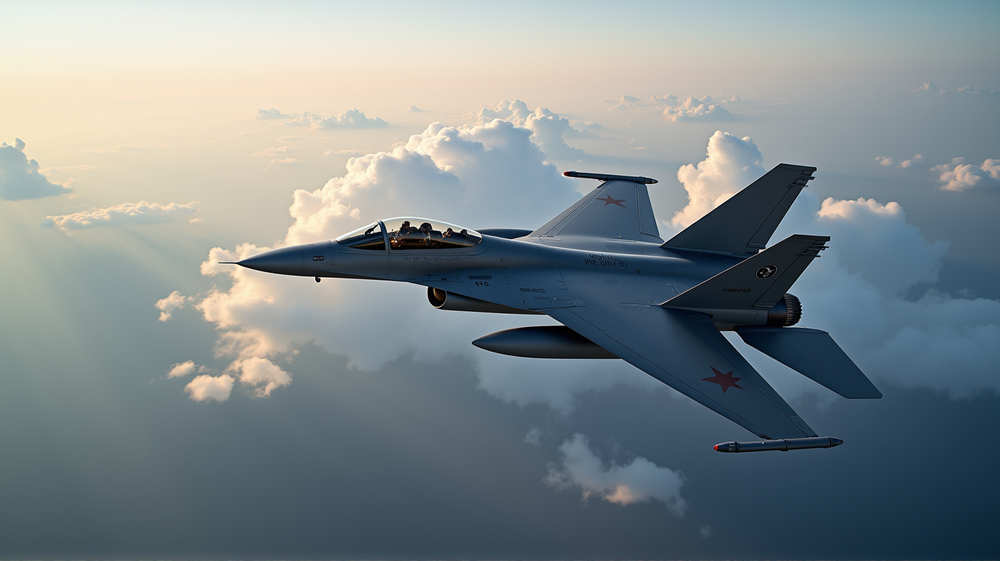Canada's Fighter Jet Quandary: A Call for Urgent Action
The Need for Change: Aging CF-18s
Canada finds itself at a critical juncture with its current fleet of CF-18 Hornet fighter jets, which have served the nation for over four decades. As these aircraft grow increasingly outdated, there is a pressing need for Canada to address the looming question of their replacement. With each passing moment, the risks associated with relying on these venerable yet obsolete jets for modern-day defense grow exponentially.
The CF-18s have had a storied history, displaying valor in various conflicts such as Operation Desert Storm and missions against ISIS. However, their time has passed, and their effectiveness in the face of evolving global threats has diminished.
F-35: The Contender for Canada’s Skies
The F-35 Lightning II emerges as a formidable option to succeed the CF-18s. The advanced stealth and capabilities of the F-35 make it a pivotal resource for modern warfare. According to National Security Journal, the hesitation in decision-making by Prime Minister Mark Carney and his team over the last seven months has left the situation in a precarious state of limbo. Critical decisions regarding the acquisition and deployment of the F-35 need clarity as soon as possible.
Consequences of Delayed Decisions
The indecision surrounding Canada’s fighter jet choice not only stalls technological advancement but also impacts military readiness and pilot training. Canada’s involvement in NATO and NORAD mandates its air force to be on par with global standards to effectively safeguard borders and partake in collective defense operations.
Moreover, should Canada opt against the F-35, alternatives like the JAS 39 Gripen or Eurofighter Typhoon remain on the table. However, neither matches the F-35’s stealth capabilities, crucial for protecting Canada’s expansive Arctic frontier.
The Strategic and Economic Implications
Canada’s military strategy and economic prospects are intertwined with its defense decisions. The acquisition of new fighter jets could stimulate the national economy through manufacturing opportunities, notably if parts for aircraft like the Gripen are produced locally. Meanwhile, existing partnerships with defense contractors for components of the F-35 could also enhance Canada’s aerospace industry.
Urgency in Decision-Making
The protracted delay in concluding the fighter jet deal reflects a broader inertia that could undermine Canada’s defense capabilities. Mark Carney’s government must prioritize defense and expedite wrapping up the strategic decision regarding the nation’s airpower future. It’s time Canada looks in the mirror and solidifies its commitment to a robust and future-ready defense policy.
By updating its fleet with cutting-edge aircraft, Canada would reinforce its place as a reliable partner in global security alliances. Therefore, deciding on a new fighter jet is not just about purchasing a piece of military hardware—it’s a statement on Canada’s position in global defense networks.




